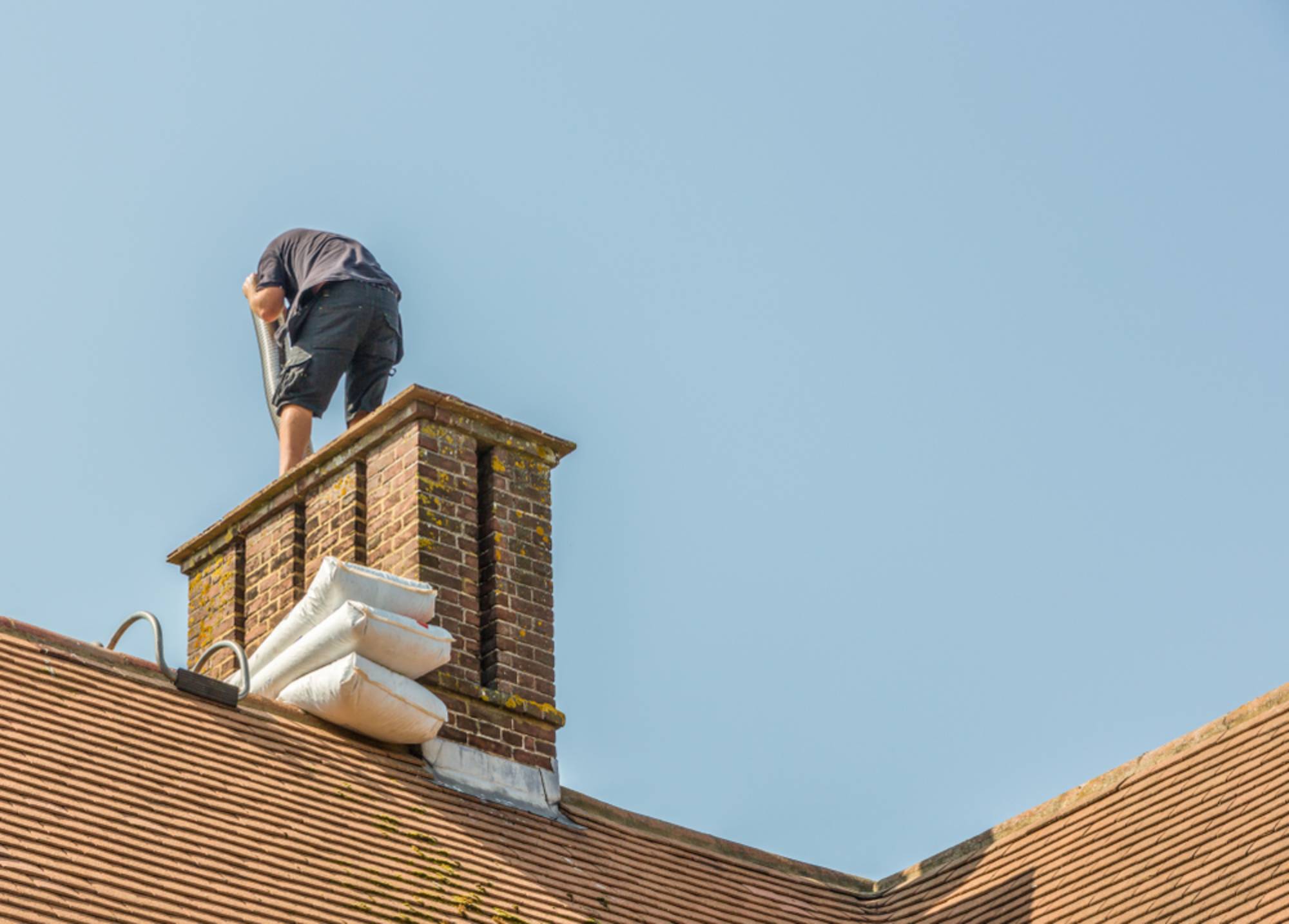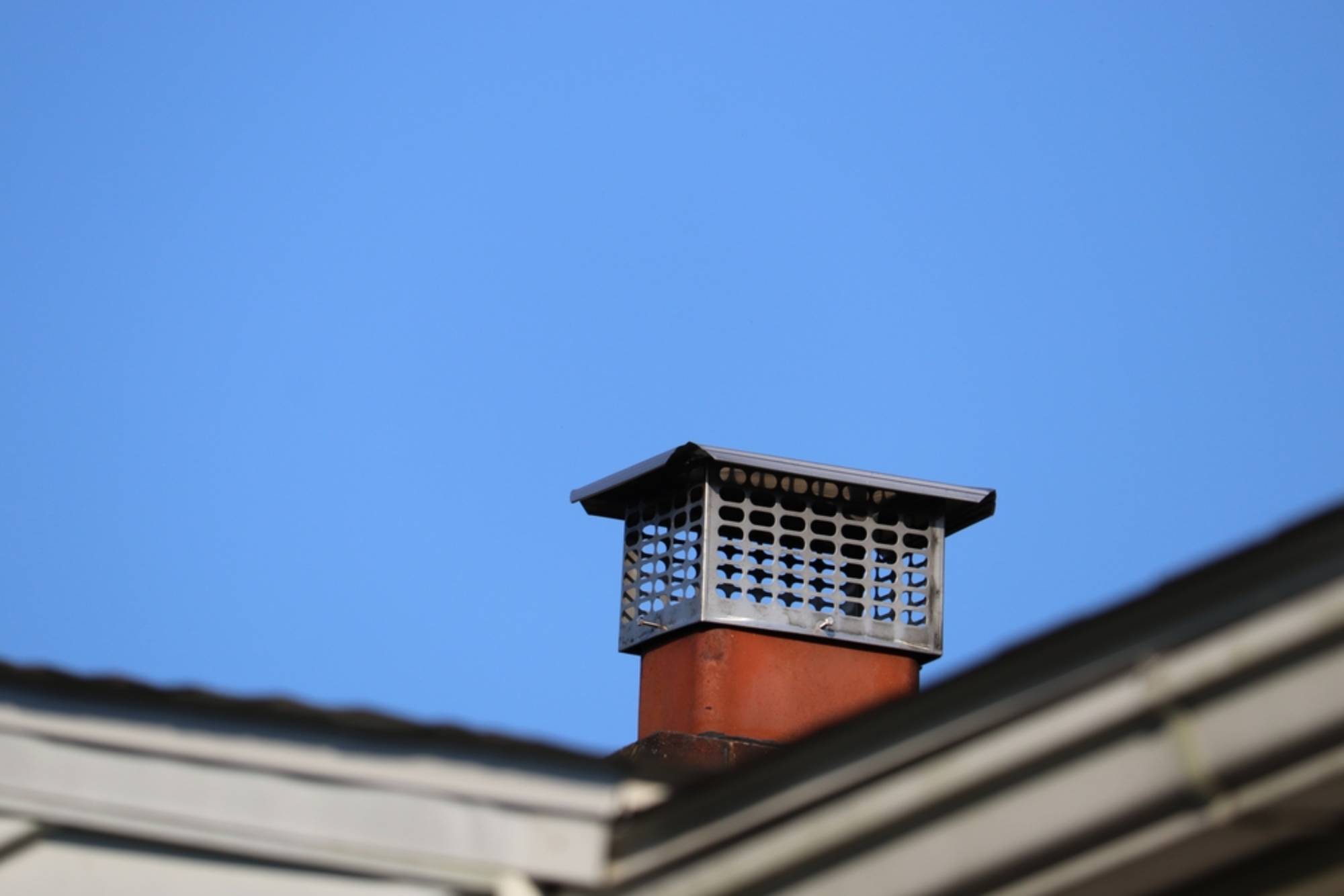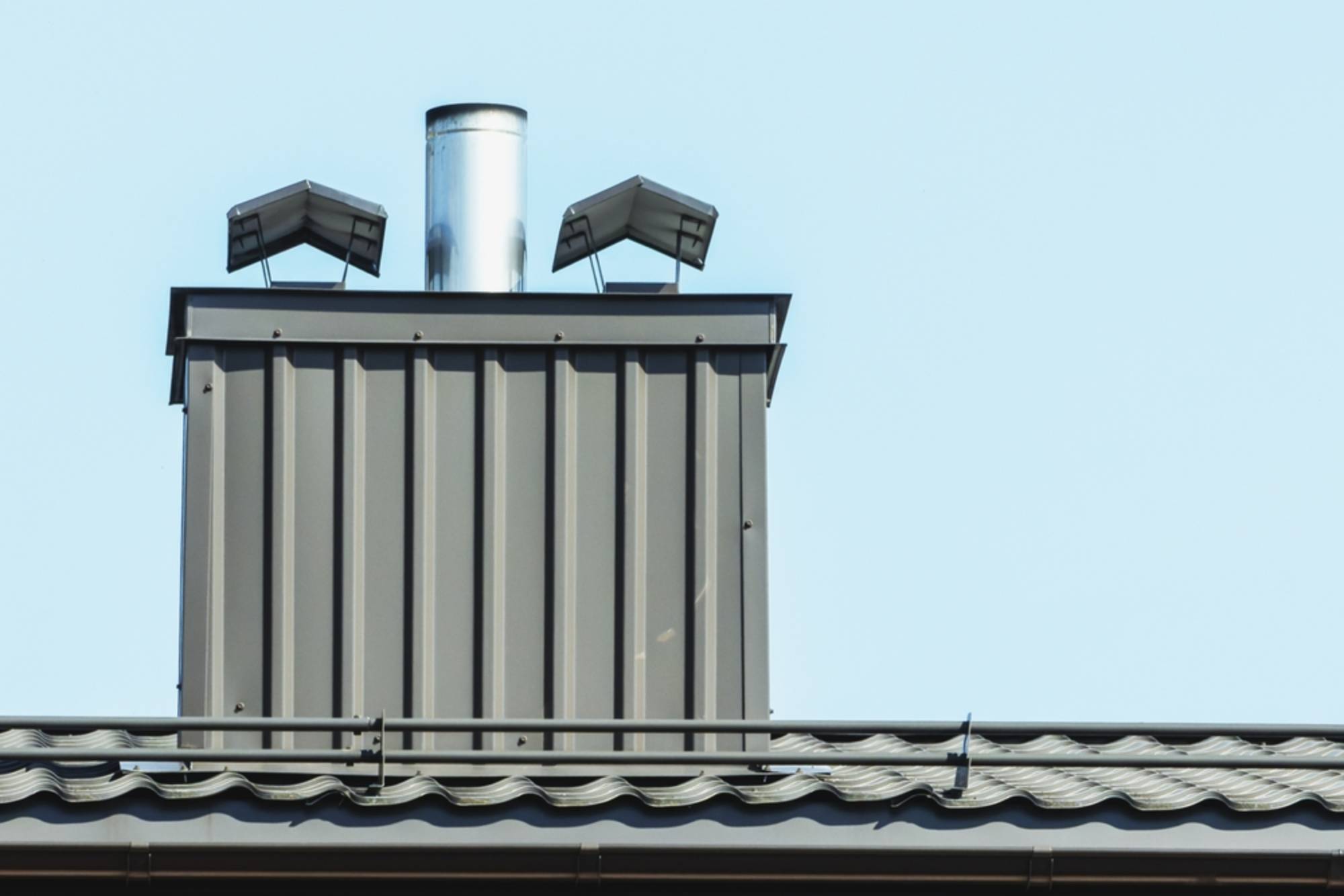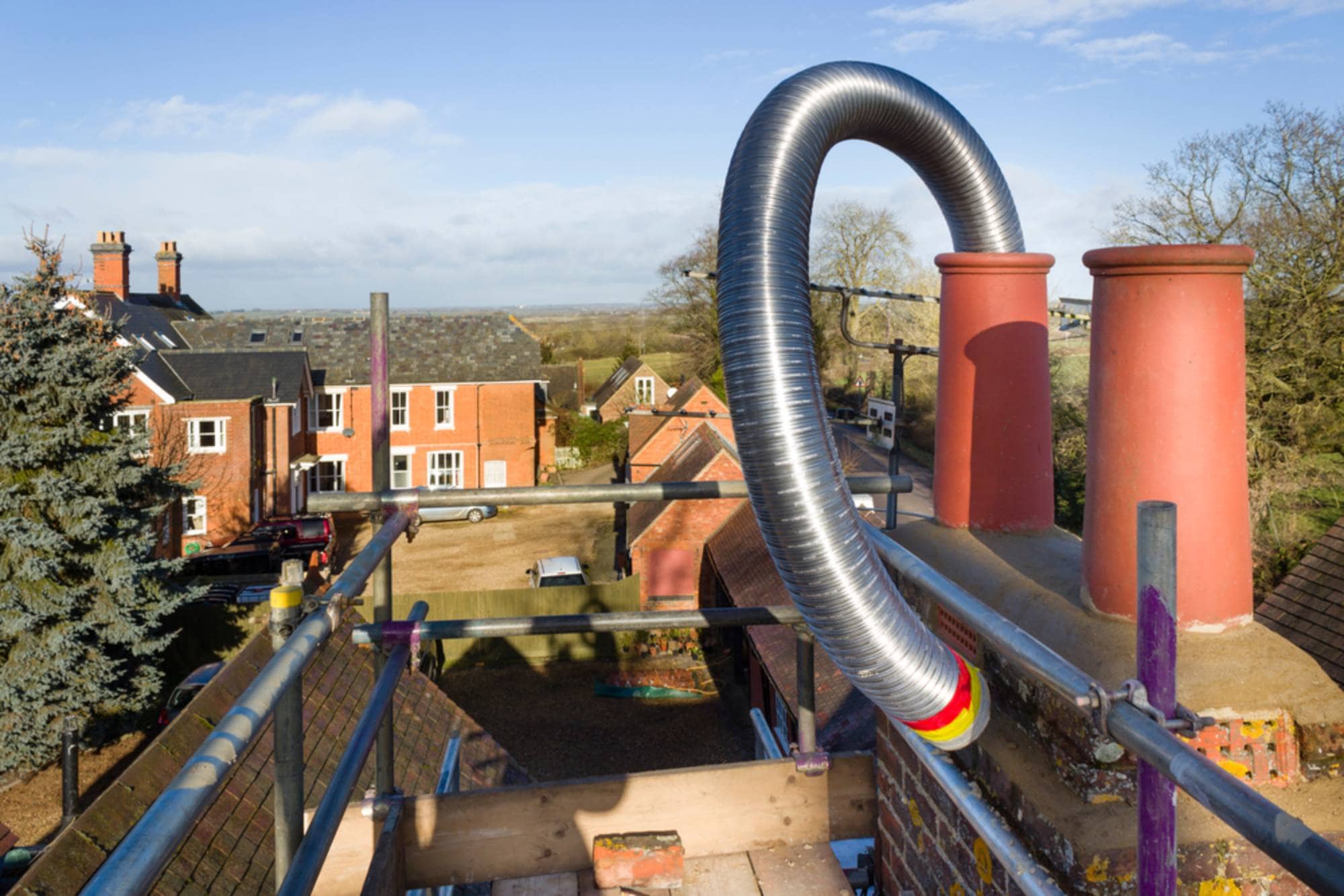Chimney liner installation in Smith Hill typically ranges from $1,500 to $5,000, depending on your chimney’s height, the type of liner needed, and any prep work required. Stainless steel liners are the most common choice for their durability and corrosion resistance. The final cost depends on factors like whether we need to remove an old damaged liner first, the complexity of your chimney configuration, and the specific appliance you’re venting. We always provide a detailed estimate after inspecting your chimney so you know exactly what’s included and why. Keep in mind that quality liner installation is one of the best returns on investment among home improvement projects. You’re protecting your home’s structure, improving safety, and often reducing heating costs through better efficiency.




